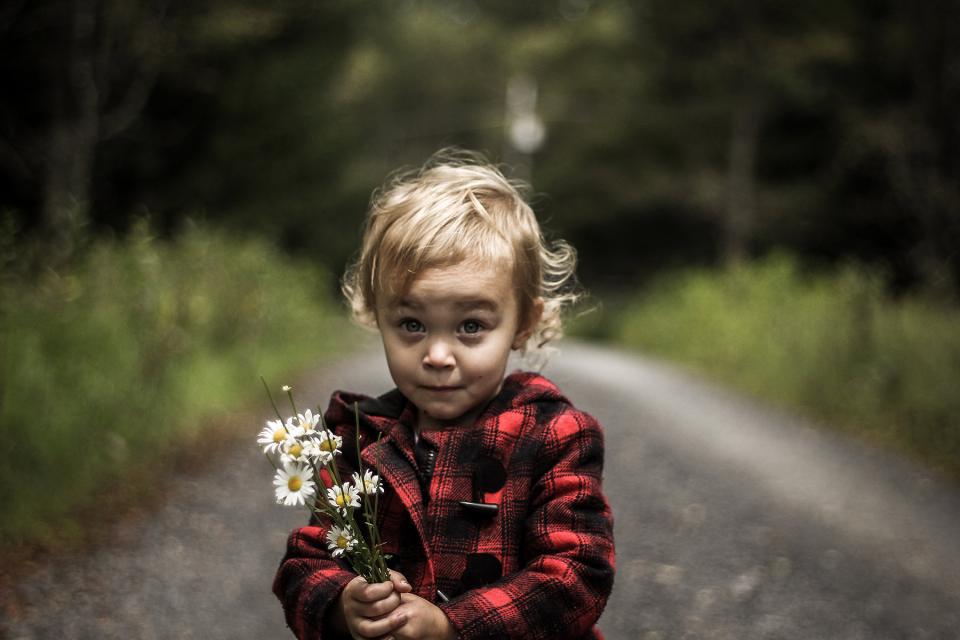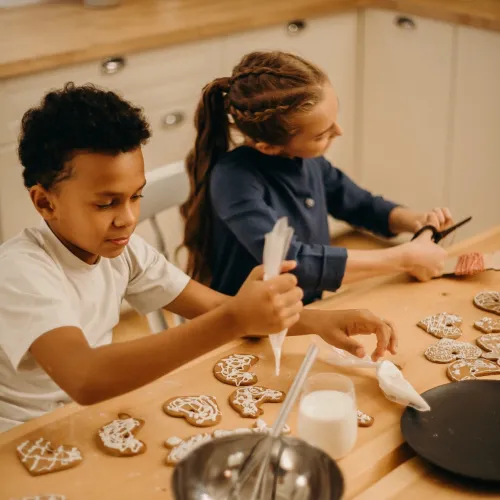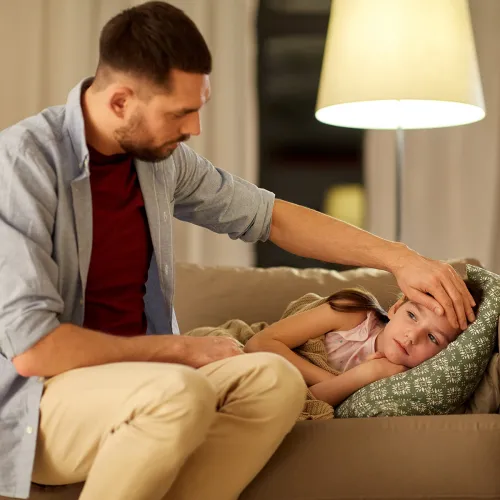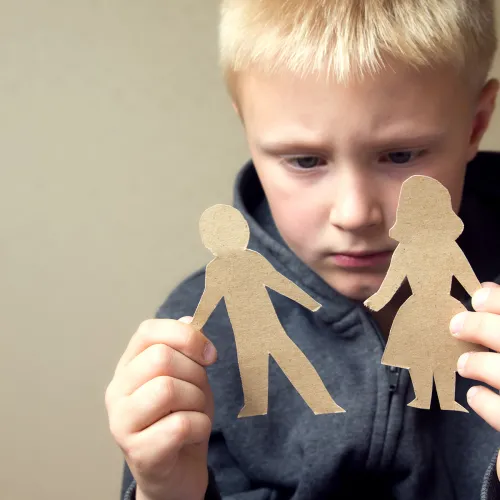Potty training tips when parenting from separate homes

Looking for easy potty training tips for boys and girls who have to learn whilst moving between homes? Regardless of the relationship you have with your co-parent, potty training requires good communication to ensure that the process is successful. Here you will find a selection of top tips to ensure that your child goes from nappies to underwear in as smooth a transition as possible.
Agree that you are both ready to start the process
According to the NHS, most parents begin potty training when their child is at least two years old. However, it's important to consider your child's specific needs as you decide when will be best for them to begin. It's important that you wait until they are emotionally and physically ready before you start this process.
Your child may also begin signalling to you that they're ready to start potty training without even knowing it. These signs may include that they complain when their nappy is wet, becoming fidgety or reclusive when they do need to go, or actually telling you that they have to go before actually doing it.
Once you have established that your child is ready to use the toilet, have a conversation with your co-parent. Be sure that you are both on the same page about starting the potty training process so that you are in it together.
Ensure that there are items for potty training in both homes
The last thing you want is for the process to be different in each home, as this will make it harder for your child to grasp the basics. Items both homes will need for the potty training process include:
- A potty or a stool and toddler seat for the toilet which they can use independently.
- Potty training pants and/or extra clothes in case of accidents.
- A selection of fun underwear (maybe take your child shopping so they can pick their own!).
- Potty training teaching tools such as books, games or shows that touch on the subject.
Make sure you both know the specifics for each gender
There are a few key differences between potty training boys and girls. The best way for any child to learn is by example, but make sure you and your co-parent are clued up if your child is of the opposite sex to you.
Specifics for boys: You should start by teaching him to sit first. This will help him until he is able to distinguish between bladder and bowel movements. Once he can tell the difference, teach him how to stand to wee.
Specifics for girls: They need to wipe properly to prevent infection; from front to back. This is especially important if they have done a poo.
Decide on a routine
When it comes to potty training, it is important that your child can learn and get into a routine, regardless of where they are. This means you need to make sure that the expectations are the same in both households.
For instance, your child needs to get used to sitting on the toilet, even if they don't use it every time. As co-parents, you could both agree to have your child try to use the toilet at the same time each day like just before bed.
Whatever routine and rules you decide on, do your best to ensure that they are the same in both homes. This includes not just the above point about when they should be attempting to use the toilet, but also how long they are expected to stay there if they have been unsuccessful at going.
Use the same terminology in both homes
Toilet training is a new and slightly confusing experience for your toddler. Not being able to understand new vocabulary related to this could lead to disaster, especially if the terminology changes between homes.
Talk to your co-parent about the terminology you plan to use in relation to potty training. In regards to the terminology used for body parts during potty training, some suggest that it is best to teach children the proper terminology now as a way to help instil an understanding of consent and body awareness from an early age.
Agree on a reward system
Rewarding positive behaviour in potty training can be an excellent way to encourage your child to keep up the good work. Keep your rewards system consistent between homes so that your child has equal feeling about using the potty in both of their homes.
For instance, you could pass a booklet between homes to place fun stickers each time your child takes a trip to the toilet. When your child uses the toilet, they could receive one or more stickers, depending on what they did. Stickers could eventually add up to a prize. In addition, a bigger incentive could be offered where your child gets a larger prize when they've consistently used the toilet and not had any accidents for several days or weeks in a row.
These tips for potty training when parenting from separate homes can help make the transition from diapers to toilet use smooth and easy. Though there may be some hiccups along the way, regular communication between you and your co-parent about your child's progress is key to successful potty training. Do your best to keep each other well informed throughout this process.
Author's Bio:
Written by Naomi Hassan
I'm a 28-year-old pregnant mama to two beautiful girls with our rainbow baby son on the way. I'm an independent blogger writing a lifestyle, travel, and parenting blog at Me Becoming Mum; sharing all highs, lows, and truths about life as a wife and mama.




